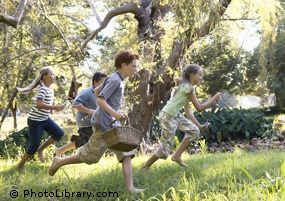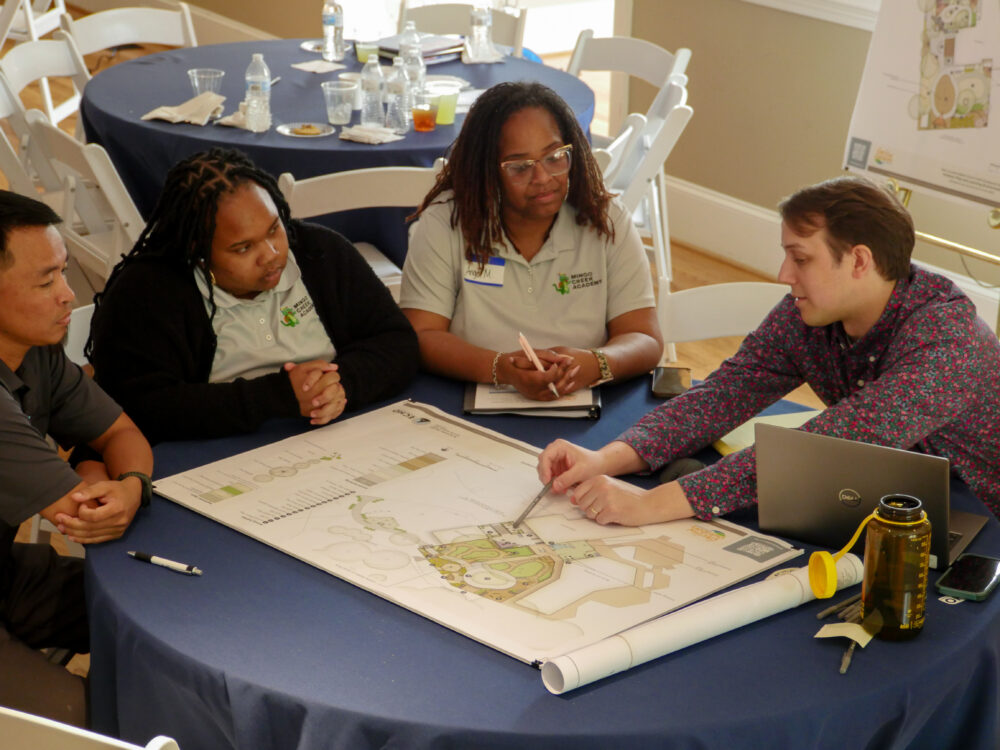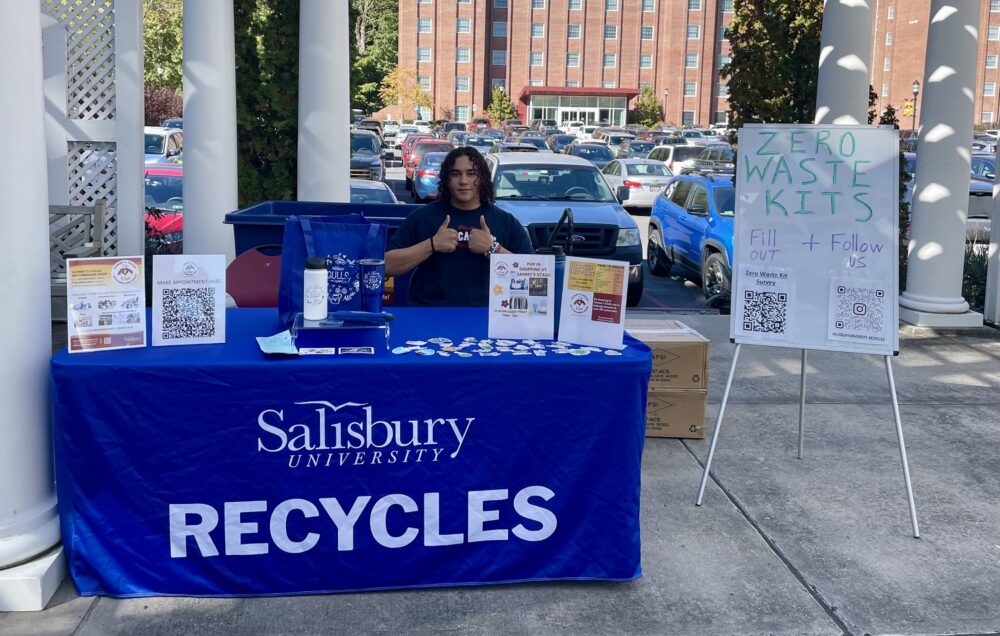We have much more to do and your continued support is needed now more than ever.
Outdoor Play for Baby Boomers: An Audio Archive
Welcome to the Free Play Project, which celebrates the history of unstructured, spontaneous play for children in the United States by gathering audio recordings of people’s memories of stickball, marbles, and other outdoor games. Hear poignant memories of outdoor childhoods from men and women who grew up during the Great Depression and the post-World-War-II era.

This is Part 2 of Mary Collins’ reflections on her Free Play project. Read Part 1.
I knew when I decided to write about the Baby Boomer generation for my Free Play Project that I’d find people like Candace Barrington, who had a childhood fairly “screen-free” — complete with long hours outside, little adult supervision and no extracurricular activities at school.
Of course, many Americans had a television by the late 1950s, but telling kids to “go play” still meant heading outside for most of the afternoon until dinner or dusk. In Candace’s case, her mother taught piano at home, so Candace and her sisters had to keep themselves busy by roaming outside on their own in the various Texas towns they lived in.
As she sat in her office for her audio interview, Candace reminisced about the intense Texan heat and the glorious moment at dusk when the temperatures dropped.
“The heat and coolness shaped our days,” she says, “and the rhythms of light and dark.” One of her favorite memories is summer evening games of Kick-the-Can, when parents sat in lawn chairs after dinner and all the kids — from little ones to teens—would play until they could barely run anymore.
“A family across the street had a trampoline and we’d go out in the rain—can you believe how dangerous that probably was, with the rain and lightening—but the water was so cool and it splashed on our faces.”
As she gathered the strands of story in her mind, I sensed a blend of joyful memories and adult incredulousness—as though she was thinking to herself, “Were we really left alone that much?”
The answer for most Baby Boomers was “yes.”
Gil Gigliotti, who grew up in a suburb outside of Cincinatti, Ohio, spent hours outside with his two best friends playing “War” in a construction site near their rapidly expanding housing development. But, unlike Candace, Gil embraced the new TV culture, which made him part of the first generation of American kids who saw screen time as a major part of their playtime.

“I watched a lot of TV—especially sitcoms like ‘Petticoat Junction,’ ‘Get Smart’ and ‘The Partridge Family.’ In fact, one of my most prized books is the Prime Time Guide for the 1950s to the 1970s.”
Later in his interview, though, he became reflective about the role of spontaneous movement in his childhood, because his own father struggled with Multiple Sclerosis, a disease that destroys motor control. Gil not only clearly relished all the time he spent outside on his own with his boyhood friends, but also the time he spent doing outdoor chores.
“My father loved to do yard work, he loved to be outside in hot weather, but you simply can’t do that when you have MS, because the heat affects you terribly. So even though I might have complained a bit about cutting the grass, I realized that my dad would be doing this if he could but he can’t, so, well…”
Gil, a radio personality and theatrical college professor, became uncharacteristically quiet at this point. In the silence, I reflected on how our multi-screen culture impacts us like an electronic form of MS—luring us away from healthy movement one gadget at a time.
Another Baby Boomer I interviewed, David Horan from Connecticut, also spoke about Multiple Sclerosis, though in his case he developed it himself as an adult in his forties.
Initially we laughed about his memories playing sandlot baseball as a boy. “The pitcher pitched from third base; I don’t know why, that’s just how we did it.”
He clearly valued all the freedom. “You know all of those things that we lacked—adult supervision, organized activities, no competitive sports—gave us tremendous power as kids.”
Of course, now, with Progressive MS, he has little power over his body and how he spends his time.
“MS has taken movement away from me. Now I must manage my body; it no longer cooperates with me,” he said. “I tell myself to value every movement I can do.”
I cannot help but see the parallels between the current “multi-screen generation” and David Horan’s struggle to sustain movement in his own life. He had no choice—the disease thrust him into a sedentary life—but today’s kids and parents do. They do not need to let spontaneous movement slip out of their daily routine if they don’t want to.
We Want Your Stories: I am collecting tales from people who live near me in New England, but I hope to expand the project with help from readers like you. Share your own outdoor play memories on Facebook and Twitter!





















